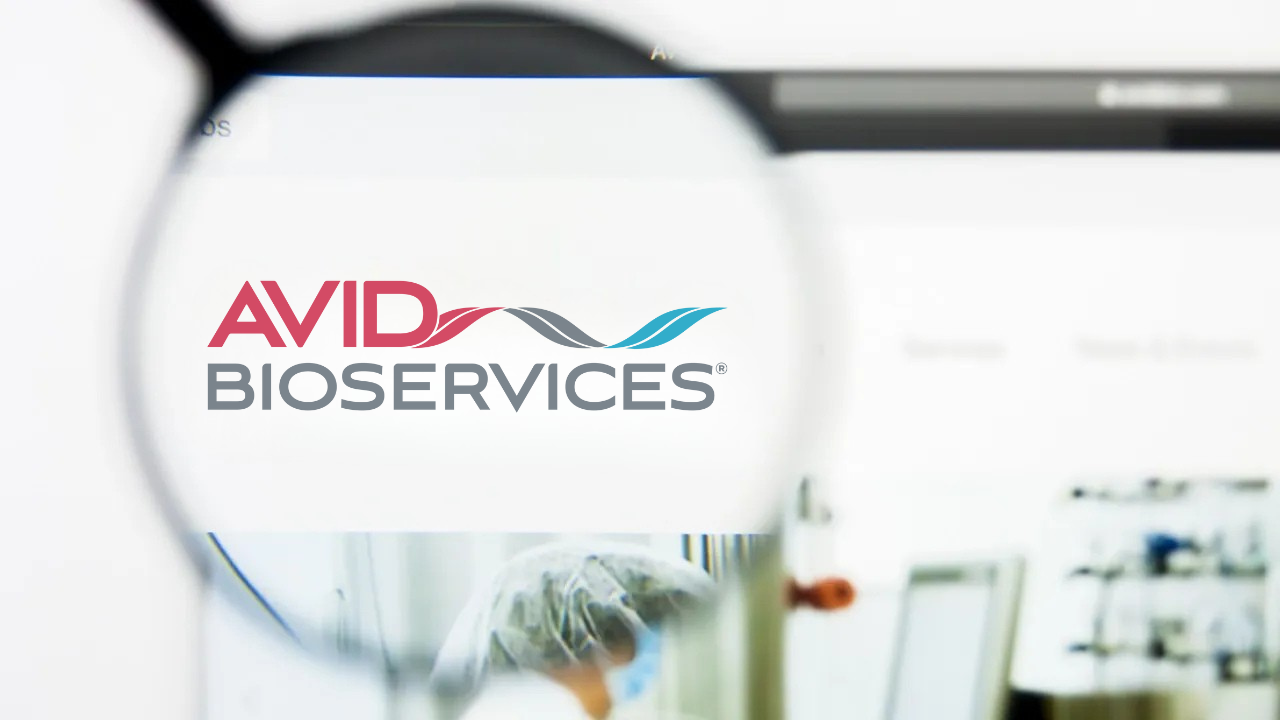By Josh Abbott, Editor, BioProcess Insider
Bilenberg spoke to BPI about Avid’s role in biomanufacturing and the outlook for the biopharmaceutical industry.
Contract development and manufacturing organization (CDMO) Avid Bioservices recently announced the appointment of Kenneth Bilenberg as CEO, succeeding Nick Green, who stepped down due to health concerns. Bilenberg most recently served as COO for Fujifilm Biotechnologies and has also held senior leadership roles at Novo Nordisk during his 20 years of industry experience. BioProcess Insider spoke with Bilenberg about his career, the state of the industry, and the future of Avid.
Bilenberg said that the first time he had an opportunity to work with a CDMO, he refused. “In those days, I was not immensely happy with CDMOs.” He cited experiences partnering with companies that didn’t deliver on their promises, degrading his trust in the sector. Now, having felt the pains of bad CDMO relationships, he sees an opportunity to change those negative perceptions, both based on Avid’s history of success and through gaining experience working for biopharmaceutical companies like Novo Nordisk.

The future of biopharma
Bilenberg discussed the reshoring effort in the US and the drive to keep up with world leaders like China in areas such as capacity and development. He said that US biopharmaceutical firms aren’t too far behind their Asian counterparts, but that bridging the gap will require a concentration of effort. Fortunately, he sees recent US partnerships and ongoing reshoring efforts as paths toward accelerating innovation. And the more that happens, the more positive outcomes will snowball. “There’s a possibility of bridging the gap, but we have to get out of bed early and work hard to get going, because that’s how competition works.”
Bilenberg identified several ways that US companies build upon their momentum. Capacity, for example, is key. With new large molecule approvals gaining momentum when compared with small molecules, and with demand projected to continue growing, capacity shortages have become a point of concern in biomanufacturing. “More capacity needs to be placed even with all the investments right now,” Bilenberg said. He added that the industry should look to increase from an estimated 7 million liters of capacity to about 12–13 million liters within the next decade.
But other strategies can also help. Companies can invest in innovation by committing to continuous manufacturing and emerging AI technologies. Bilenberg said that AI has amazing potential in assisting with drug discovery. And in manufacturing, AI can perform functions such as reviewing documentation and identifying deviations. Over time, he predicts that AI will help improve purity and drive down manufacturing costs. Investigations that are time consuming and difficult for human operators stand to move much more quickly with AI assistance.
Although cell and gene therapies (CGTs) are outside the scope of Avid’s work, Bilenberg hopes such drugs can overcome their current funding difficulties for both the good of the industry and for patients who would benefit from their success. As it stands, CGT companies are facing an uphill climb in today’s funding environment with many such firms losing money while betting on the future. “When a cell therapy treatment that seems to be extremely effective is costing several hundred thousand dollars just to manufacture, it’s hard to get that to market,” he said.
And even when cell therapies do reach the market, patient access remains a challenge that stakeholders are working to address. Companies are moving toward bringing off-the-shelf allogeneic therapies to market, and although that could be a game changer for the future of CGT success, allogeneic treatments carry their own challenges.
In the meantime, Bilenberg is looking to the success of monoclonal antibodies (mAbs) and combination therapies that are currently undergoing tests. For example, stakeholders are exploring antibody-drug conjugate (ADC) cancer treatments that benefit from the specificity of mAbs for preventing off-target effects.
In assessing the future of the industry, Bilenberg also cited the proliferation of glucagon-like peptide-1 (GLP-1) drugs, which continue to see rapid improvements as developers such as Lilly (maker of bimagrumab) and Regeneron study solutions using mAb combinations that can preserve muscle mass during weight loss. Such innovations would benefit all GLP-1 users, but especially people who are elderly and experience weakness after undergoing such treatments.
With so many exciting developments happening in all corners of the industry, Bilenberg is excited to stake his claim alongside Avid in manufacturing exciting medicines for patients. “I really want to be a part of changing an industry,” he said. “I want to get to a point where we are trusted, because what we are doing is absolutely amazing.” Bilenberg said he was attracted to Avid because of its track record of delivery. “I saw Avid when I visited for the first time as a place with a good culture and some very experienced people.” He added, “I think Avid is a hidden gem, I would love to work with this organization to hit the market in a much stronger and more relevant way.”
As Bilenberg steps into the role of CEO, it’s clear his vision for Avid is rooted in purpose, keeping people and patients at the center of everything the company does. That means building relationships founded on trust, working with agility as the market evolves, and ensuring Avid is known globally for delivering with reliability and impact. It’s a vision that builds on the company’s strong reputation today, while setting the stage for greater reach and influence in the years ahead.
